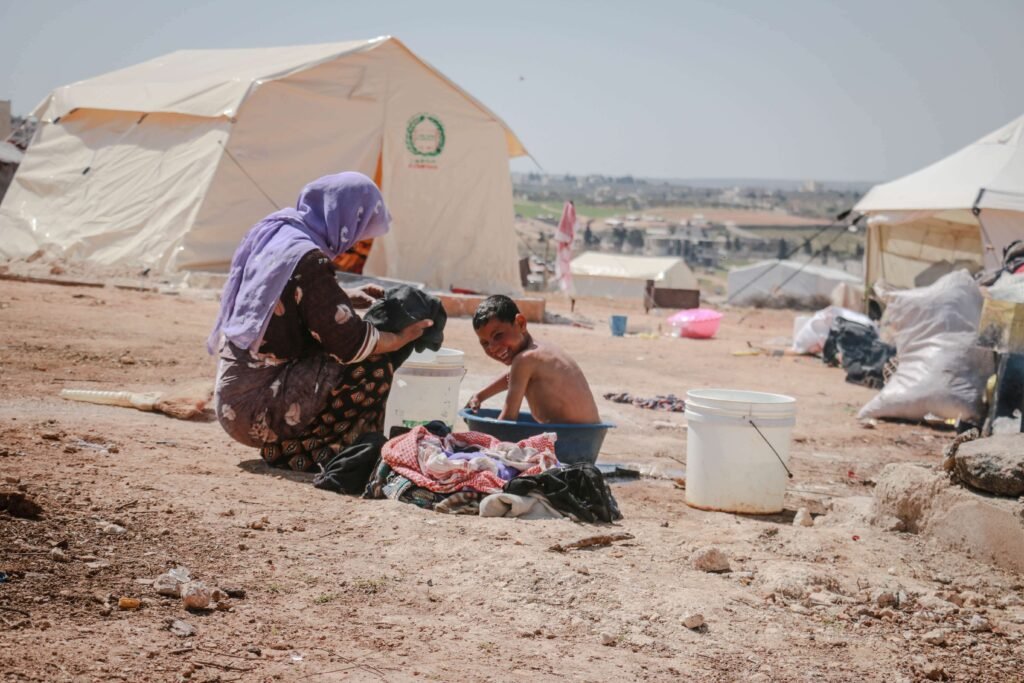The increasing global focus on environmental preservation and resource management has brought the concept of sustainability to the forefront. However, achieving a sustainable lifestyle is not solely the responsibility of governments or large corporations. Both individuals and communities play essential roles in promoting and maintaining sustainability. In this article, we’ll explain the role of individual and community for sustainable lifestyle efforts and how collective action can lead to lasting change.
What is a Sustainable Lifestyle?
A sustainable lifestyle involves adopting habits that minimize the negative impact on the environment and prioritize the responsible use of natural resources. It encompasses actions like reducing waste, conserving energy, using renewable resources, and supporting sustainable businesses. Ultimately, a sustainable lifestyle is about protecting the planet for future generations while improving the quality of life for all.
The Role of Individuals in a Sustainable Lifestyle
Individuals have significant power to promote sustainability by incorporating eco-friendly practices into their daily routines. Here’s how individual actions contribute to sustainability:
1. Mindful Consumption
One of the primary ways individuals can make an impact is by practicing mindful consumption. This involves purchasing eco-friendly products, avoiding single-use plastics, and supporting brands that prioritize sustainable production. Choosing quality over quantity helps reduce overall waste.
2. Energy Efficiency
Simple habits such as turning off lights when leaving a room, unplugging devices when not in use, and using energy-efficient appliances can lower an individual’s carbon footprint. Opting for renewable energy sources like solar panels also helps promote a sustainable lifestyle.
3. Waste Reduction and Recycling
Reducing, reusing, and recycling are key components of sustainable living. By minimizing waste, reusing items, and ensuring that recyclable materials are properly processed, individuals can significantly decrease the amount of waste that ends up in landfills and oceans.

4. Sustainable Transportation
Another way individuals can contribute is by choosing eco-friendly transportation methods. Walking, cycling, carpooling, or using public transportation instead of driving alone can reduce greenhouse gas emissions. For longer trips, using hybrid or electric vehicles is a more sustainable option.
5. Supporting Sustainable Practices
By supporting businesses that prioritize sustainability, individuals can create a demand for eco-friendly products and services. Choosing locally sourced, organic, or fair-trade products not only helps the environment but also supports ethical business practices.
The Role of Communities in a Sustainable Lifestyle
Communities play a pivotal role in scaling up individual efforts and providing infrastructure that supports sustainable living. When people work together, their collective actions can have a greater impact on achieving sustainability. Here’s how communities contribute:
1. Community Initiatives and Programs
Communities often organize sustainability-driven initiatives, such as recycling programs, community clean-up events, and tree-planting campaigns. These events not only help the environment but also raise awareness and encourage others to participate in sustainable practices.
2. Sustainable Infrastructure
Communities can influence the development of sustainable infrastructure, such as bike lanes, solar-powered streetlights, and public transportation systems. Having access to green spaces, renewable energy sources, and eco-friendly transportation options makes it easier for individuals to adopt a sustainable lifestyle.
3. Sharing Resources
Resource-sharing initiatives, such as community gardens, tool libraries, and car-sharing programs, allow community members to reduce consumption and share resources. This encourages a more sustainable approach to living by promoting collaboration and reducing waste.
4. Education and Advocacy
Communities often play a key role in educating individuals about sustainability. Workshops, seminars, and campaigns that explain the importance of eco-friendly practices can inspire more people to adopt a sustainable lifestyle. In addition, communities can advocate for local policy changes that support sustainability, such as green building codes or waste reduction mandates.
5. Creating a Culture of Sustainability
When communities work together to promote sustainability, they help create a culture where eco-friendly practices become the norm. Communities can encourage habits like composting, energy conservation, and sustainable consumption through collective action and peer support.
Collaboration Between Individuals and Communities
For sustainable efforts to succeed, it’s essential for individuals and communities to work together. Individual actions, such as recycling and conserving energy, can have a greater impact when supported by community programs like recycling centers or energy-efficient infrastructure. Similarly, communities that promote shared resources or offer sustainable alternatives make it easier for individuals to maintain eco-friendly habits.
By combining individual responsibility with community support, sustainability becomes more accessible and achievable for everyone. Collective efforts can drive broader change and influence businesses, governments, and institutions to adopt greener practices.
Conclusion
Achieving a sustainable lifestyle requires active participation from both individuals and communities. While individuals can contribute through conscious consumption, waste reduction, and energy conservation, communities amplify these efforts by providing infrastructure, education, and support. When individuals and communities work together, they can drive lasting change and promote a healthier, more sustainable future.
It is clear that everyone has a role to play in creating a more sustainable world. By understanding and embracing this responsibility, we can make a meaningful impact on the environment and ensure a better future for generations to come.